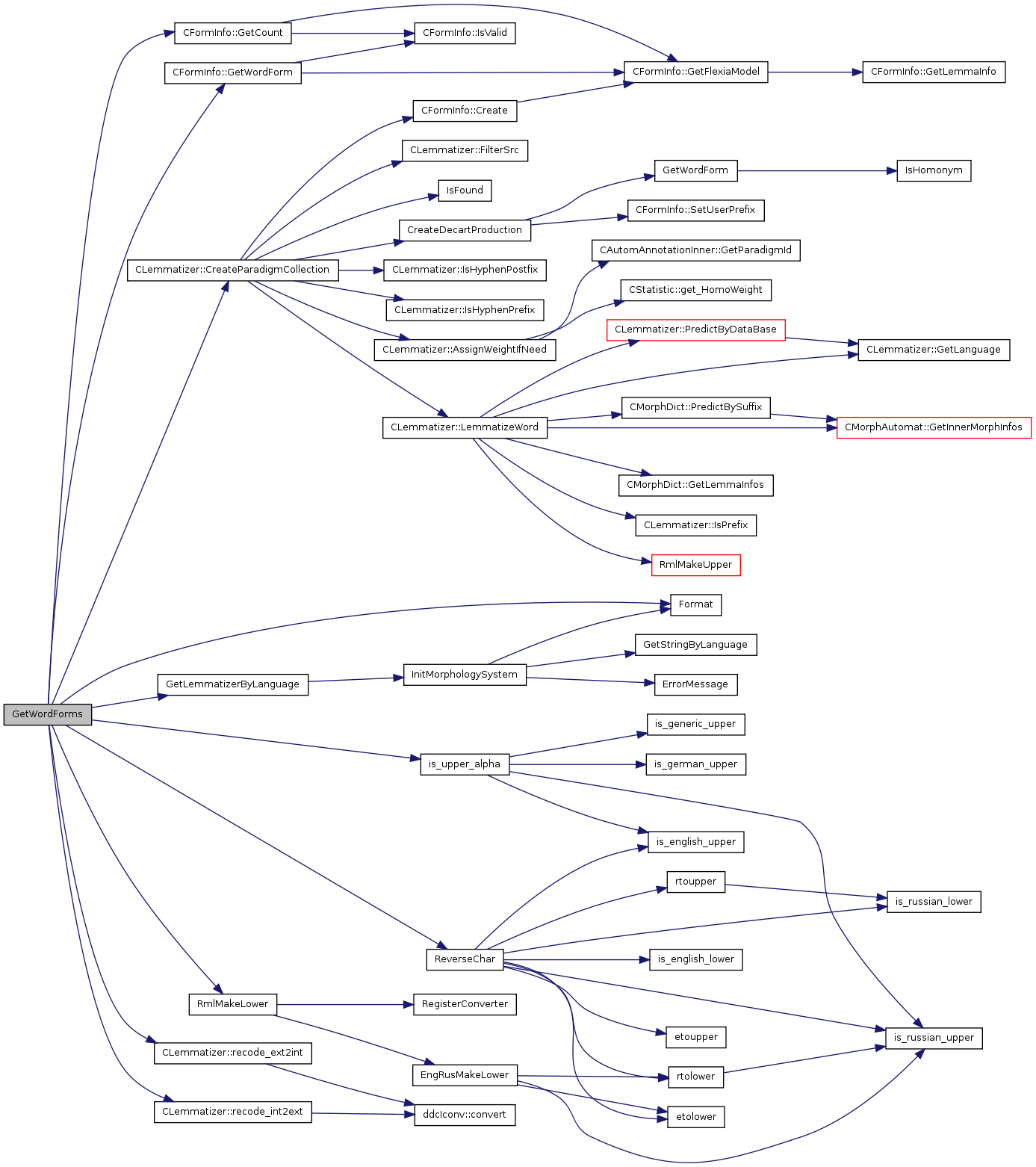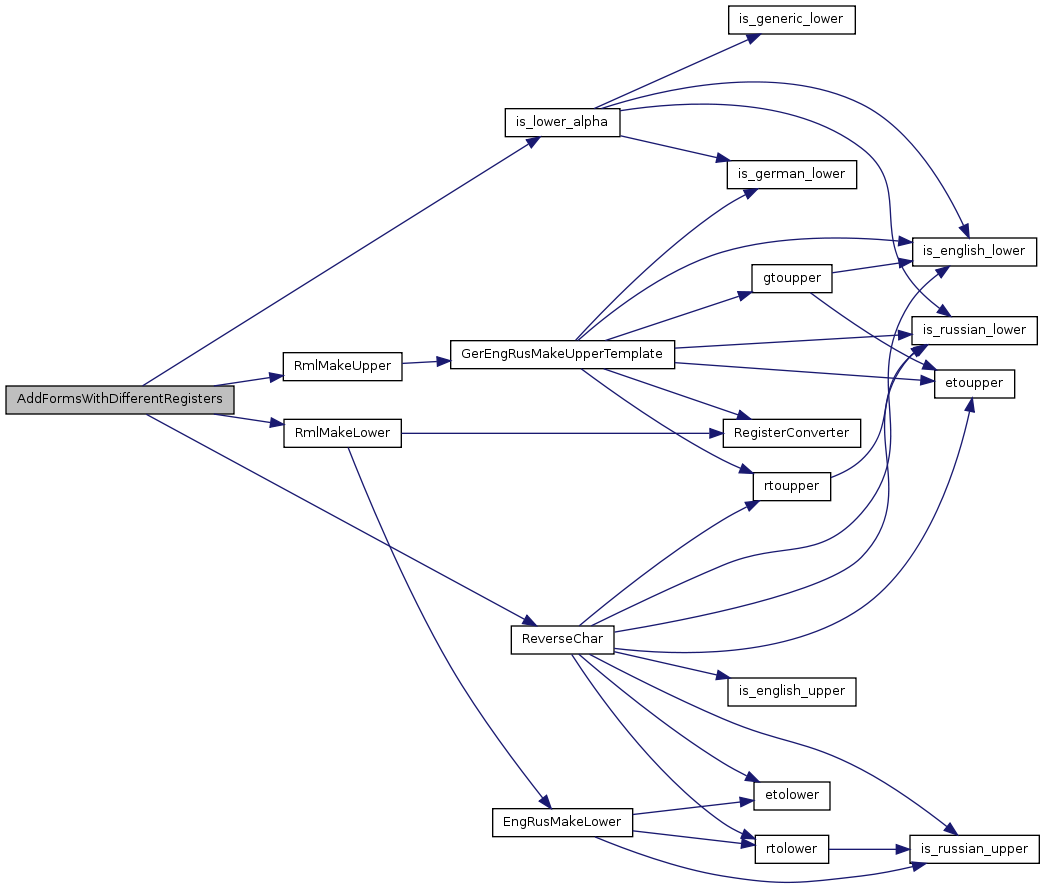#include "StdConc.h"#include "QueryNode.h"#include "../common/DwdsThesaurus.h"#include "../common/util_classes.h"
Defines
- #define GetOccurrencesSize() m_Occurrences.size()
Functions
- void GetWordForms (const MorphLanguageEnum Langua, const string &src, set< string > &WordForms)
- void AddFormsWithDifferentRegisters (const MorphLanguageEnum Langua, set< string > &WordForms)
Variables
- CDwdsThesaurus * pDwdsThesaurus
- const size_t MaxDistanceForNear = 32
Define Documentation
| #define GetOccurrencesSize | ( | ) | m_Occurrences.size() |
Referenced by CQueryNode::ConvertOccurrencesToHits(), CQueryNode::ConvertOccurrencesToHitsForPatterns(), CQueryWithNode::EvaluateWithoutHits(), CQuerySequenceNode::EvaluateWithoutHits(), CQueryTokenNode::EvaluateWithoutHits(), CQueryBinaryOperationNode::hits_add(), CQueryBinaryOperationNode::hits_and_positions_difference(), CQueryBinaryOperationNode::hits_and_positions_intersection(), and CQueryBinaryOperationNode::hits_and_positions_union().
Function Documentation
| void GetWordForms | ( | const MorphLanguageEnum | Langua, | |
| const string & | src, | |||
| set< string > & | WordForms | |||
| ) |
compute the set of types WordForms which may share a lemma with src in language Langua.
The underlying CLemmatizer should handle transcoding of user queries transparently, assuming you called CLemmatizer::initIconv() with the appropriate encoding arguments.
This is very ugly, and the entire morphology system needs an overhaul.
Formerly a hidden function in QueryNode.cpp.
References CLemmatizer::CreateParadigmCollection(), errProcessMorphology, Format(), CFormInfo::GetCount(), GetLemmatizerByLanguage(), CFormInfo::GetWordForm(), is_upper_alpha(), morphUnknown, CLemmatizer::recode_ext2int(), CLemmatizer::recode_int2ext(), ReverseChar(), and RmlMakeLower().
Referenced by CQueryTokenNode::CreateTokenPattern().


| void AddFormsWithDifferentRegisters | ( | const MorphLanguageEnum | Langua, | |
| set< string > & | WordForms | |||
| ) |
References is_lower_alpha(), ReverseChar(), RmlMakeLower(), and RmlMakeUpper().
Referenced by CQueryTokenNode::CreateFileList(), and CQueryTokenNode::CreateTokenPattern().


Variable Documentation
Referenced by CConcIndexatorInvoker::BuildIndex().
| const size_t MaxDistanceForNear = 32 |
Referenced by CQuerySequenceNode::AddDistance(), and CQueryNearNode::ReadDistanceFromString().
 1.7.1
1.7.1